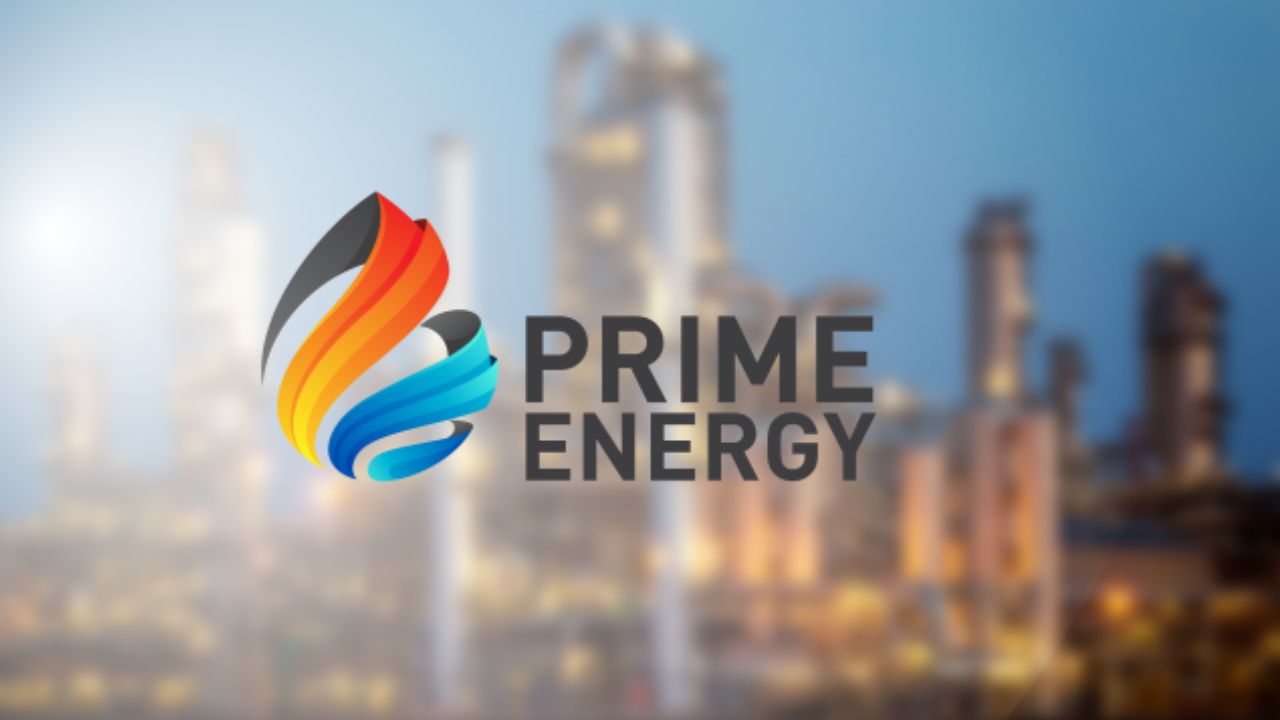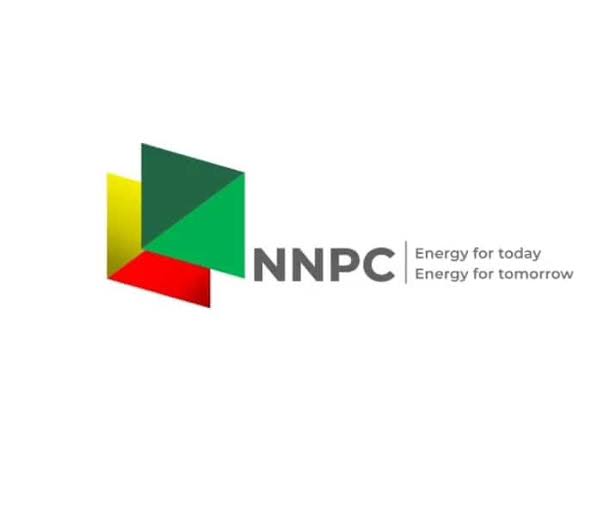
The low-carbon hydrogen hype has begun to fade in recent months as companies and investors realize that their ambitions face the reality of costly projects amid regulatory stumbling blocks and uncertain future demand. The momentum behind green hydrogen from two years ago, generated by the U.S.
Inflation Reduction Act (IRA), has slowed amid still high costs and macroeconomic headwinds. In addition, regulatory uncertainty and a lack of committed demand are undermining the 2030 production goals for low-carbon hydrogen, both in the United States and Europe. if(window.
innerWidthADVERTISEMENTfreestar.config.enabled_slots.
push({ placementName: "oilprice_medrec_atf", slotId: "oilprice_medrec_atf" });';document.write(write_html);} As a result, investors are re-thinking funding, companies are re-drawing hydrogen production strategies, and share prices of major hydrogen players are crashing. For example, Denmark’s Green Hydrogen Systems ( CPH: GREENH ), a provider of standardized, modular alkaline electrolyzers, has plunged by 65% year to date.
U.S.-based Plug Power ( NASDAQ: PLUG ) has seen its stock tumble by 53% year to date, and Ballard Power Systems Inc ( NASDAQ: BLDP ) has crashed by 58%.
Other firms focused on green hydrogen and technologies have also seen their share prices battered amid signs that despite progress in project announcements, project commitments with final investment decisions (FID) are a fraction of the total pipeline of projects. Related: Russia's Arctic LNG 2 Project Put on Ice With No Restart Plans Just 18% of U.S.
low-carbon or renewable hydrogen projects in North America, and only 5% of such projects in Europe that aim to begin operations by 2030 have reached FID so far, McKinsey & Company and the Hydrogen Council said in a report last month. “A key sector-specific challenge for the hydrogen industry is uncertainty associated with a number of regulatory frameworks,” including the EU regulatory framework and the rulebook for the investment tax credit in the IRA. All of this “impedes project bankability,” the authors of the report wrote.
“Coupled with cost increases for renewable power and electrolysers, this has led to delays and cancellations of projects – in particular, renewable hydrogen projects,” they added. In Europe, the European Commission has set unrealistic hydrogen production and import targets—the EU is not on track to achieve them, the European Court of Auditors, the supreme audit institution of the EU, said in a report this summer. The Commission has been partially successful in creating the necessary conditions for the emerging hydrogen market and the hydrogen value chain in the EU, but it now needs “a reality check,” the European Court of Auditors said.
if(window.innerWidth ADVERTISEMENTfreestar.config.
enabled_slots.push({ placementName: "oilprice_medrec_btf", slotId: "oilprice_medrec_btf" });`;document.write(write_html);} Even the International Energy Agency (IEA), the most vocal backer of all things renewable, has warned that policy and demand uncertainty are slowing down green hydrogen adoption globally.
According to the IEA, the main reasons for the slow uptake of low-carbon hydrogen “include unclear demand signals, financing hurdles, delays to incentives, regulatory uncertainties, licensing and permitting issues and operational challenges.” A lack of visibility on demand and regulatory uncertainties have halted several major projects in Europe this year alone. Spanish energy firms Repsol and Cepsa, for example, are pausing green hydrogen investments in Spain, as one of the most promising EU markets for renewable hydrogen is considering making the windfall tax on energy firms permanent.
The idea that a version of the tax could become permanent infuriates many major companies, including energy firms with plans to invest in green energy projects. The Spanish firms halting projects are the latest European firms to pause or ditch green hydrogen plans due to either policy or demand concerns. Most recently, Shell and Equinor have ditched plans for low-hydrogen production and transportation in north Europe due to a lack of demand.
Investors are not rushing to invest in backing green hydrogen projects, either, due to poor economics and potential returns. “Green hydrogen is still not investable. It’s rubbish in terms of investment,” Mark Lacey, head of thematic equities at UK asset manager Schroders, told the Financial Times .
By Tsvetana Paraskova for Oilprice.com More Top Reads From Oilprice.com.














